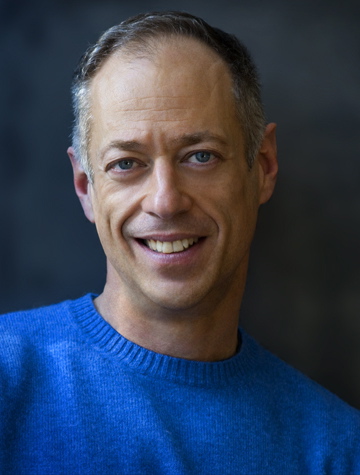New World closes chamber series with wide-ranging American program

Jeffery Khaner, principal flute of the Philadelphia Orchestra, joined New World Symphony members for a program of American chamber music Sunday afternoon. Photo: Richard Blinkoff
The New World Symphony’s final chamber concert of the season was devoted to the many faces of musical Americana, encompassing everything from 19th-century romanticism to modified atonality by a student of Schoenberg. Along the way, neo-classicism, populist jazz and the gentler side of 21st-century modernism made an appearance. Jeffrey Khaner, principal flute of the Philadelphia Orchestra and a frequent New World coach, took center stage at the New World Center Sunday afternoon in two scores that displayed his instrument’s diverse facets.
Augusta Read Thomas’ Jeu D’Esprit is a three-minute fanfare for two trumpets that is not entirely festive, an edgy darkness lurking beneath the gleaming surface. Thomas exploits the instruments’ full range, requiring the players to leap from the lowest tones to the upper register in rapid succession. Playing from a balcony above the stage, Travis Peterson and Eli Maurer sailed through Thomas’s fearsome writing with resounding bravura.
Although he was better known as a pedagogue, Ingolf Dahl wrote much diverting music for small ensembles. After exploring more sharp-edged contemporary paths, Dahl embraced neo-Classicism after he befriended Stravinsky. His Serenade for Four Flutes is a five-movement charmer. Two marches bookend the piece, suggesting some of the martial snap of British band composers. A barcarolle-like melody pervades the Canon and a Pas de Quatre of whirling balletic verve adds spice to Dahl’s zesty confection. Khaner demonstrated superb breath control and agile musicality, and New World fellows Matthew Roistein, Seth Morris and Melanie Lancon deserve honors for matching him in assaying the score’s technical hoops.
Leon Kirchner studied with Ernest Bloch, Roger Sessions and, most importantly, Arnold Schoenberg. A strong disciple of Schoenberg’s atonal system, he tempered his brand of serialism with more lyrical impulses. Composed in 1993 for the Kalichstein Laredo Robinson Trio, Kirchner’s Trio No. 2 recalls the angst-ridden tones of Mahler and Alban Berg. At times both tempestuous and melancholy, the single-movement score is replete with thorny counterpoint, long-limbed melodic outbursts and intricate instrumental writing that tests the players’ skills to the nth degree.
Pianist Marnie Hauschildt has been a stellar presence at this season’s New World chamber programs. Whether elegantly spinning Mozart’s classicism or Schoenberg’s bracing, high modernist keyboard writing, Hauschildt combines acute technique with a deep understanding of the music’s stylistic idiom. She was no less impressive in Kirchner’s exclamatory piano writing, displaying strength and power with a sense of singing line. Cellist Meredith McCook’s vibrant sonority and violinist Amos Fayette’s leaner tone perfectly complemented Hauschildt’s artistry.
Arthur Foote was an unrepentant romantic, an admirer of Brahms and Wagner. His Night Piece and Scherzo for flute and string quartet spins beautiful melodies and the rhythmic urgency of a Brahms scherzo. Khaner’s exquisite tone and patrician phrasing deftly sketched Foote’s old-fashioned, yet lovely piece.
Leonard Bernstein’s Clarinet Sonata was his first published score, written while still a student at Philadelphia’s Curtis Institute. If the opening Grazioso sounds rather austere and solemn, the jazzy verve of the succeeding Vivace suggests that Fancy Free and West Side Story would soon leap forth. David Lemelin’s florid dexterity dispatched the finale’s wacky licks with ease, his sound mixing bright and dark tonal shades. Hauschildt sizzled at the keyboard, playing with the abandon of a jazz veteran.
Posted in Performances
Leave a Comment
Mon Apr 23, 2012
at 11:25 am
No Comments




